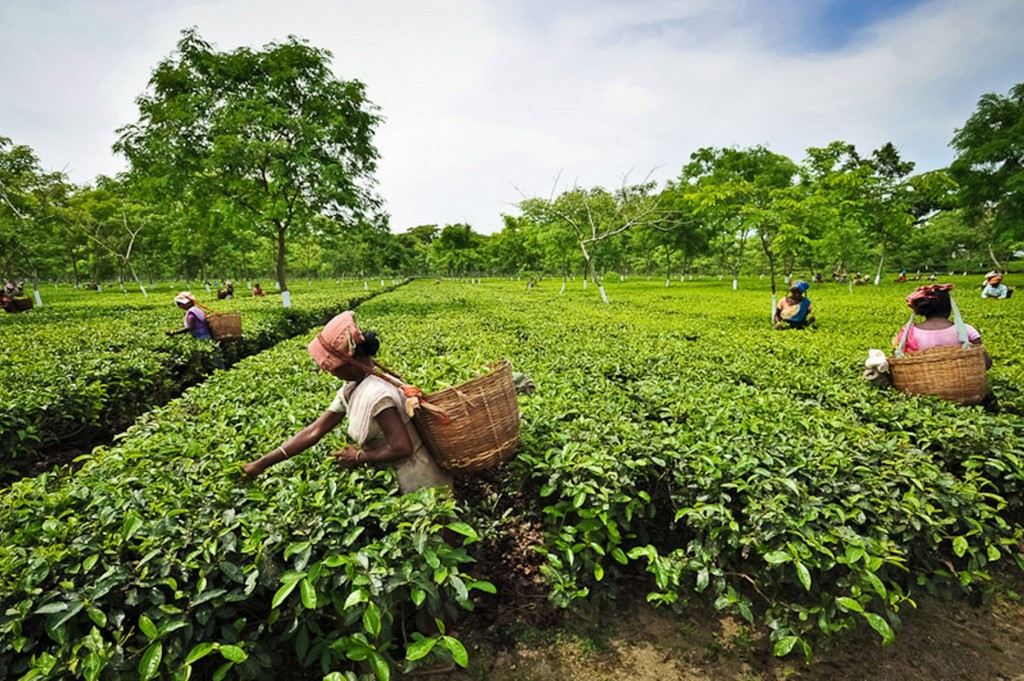Tea production in Bangladesh dropped 10.01 per cent year-on-year in 2020 because of adverse weather.
However, the production exceeded the target and is enough to meet the annual domestic consumption, which declined 10 to 15 per cent for the Covid-19 lockdown.
According to the Bangladesh Tea Board, 86.39 million kilograms of tea were produced in 167 tea gardens and 7,000 small farms in the northern part of the country last year, overshooting the target of 75.94 million kg.
In 2019, the country produced 96.07 million kg of the popular beverage, the highest in 166 years’ history of tea production in the country.
A record 10.3 million kg tea was produced by eight tea gardens and 7,000 small growers in the plain land in the north, mainly in Panchagarh district last year, up from 9.6 million kg in 2019.
Tea Board officials said they had feared more production fall as there was no rainfall in the first four months of the year and the coronavirus outbreak from March.
The production dropped due to the dry weather and scanty rains in the initial months of the season, said Shah Alam, chairman of the Bangladesh Tea Association, a forum of the owners.
The production was not as expected even in September because of the unfavourable weather. It picked up in November after some rains in October and early November, he said.
Timely distribution of fertilizer in the gardens at a subsidised rate, maintaining Covid-19 protocol strictly in the gardens and holding tea auctions help achieve the production target, Tea Board Chairman Md Jahirul Islam said in a press release.
Munir Ahmad, a deputy director of the board, said the bumper production in 2019 was exceptional as it resulted from years of expansion and replantation.
Because of the restriction on social gatherings amid the pandemic, particularly during the strict nationwide lockdown in April and May, annual consumption declined by 10 to 15 per cent.

